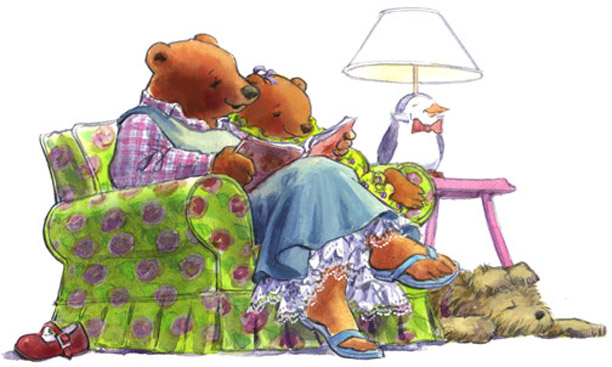Through Your Eyes: My Child’s
Gift to Me
Written by Ainsley Earhardt and
illustrated by Ji-Hyuk Kim
Aladdin, An Imprint of Simon
& Schuster Children’s Publishing Division, October 17, 2017
“Through Your Eyes: My Child’s
Gift to Me” is a sweet book told in rhyme about how a little girl teaches her
mother to see, hear, and feel the everyday beauty and miracles in the world.
The mother and daughter spend the
afternoon at Central Park, get caught in a brief rainstorm, watch the clouds in
the sky, and then walk home as the sun sets.
Ji-Hyuk Kim’s soft, pretty illustrations
complement the gentle story.
“Squealing with joy/When you spotted
a dog/Eyes smiling with wonder/At the croak of a frog.
“You smelled every tulip/Gentle
beauty so real/Who would have thought/You could teach me to feel.”
“You danced in the puddles/When
the rain pattered down/First we waltzed, then we sang/What a heavenly sound.”
“You counted the clouds/My heart
pressed to your ear/Who would have known/You could teach me to hear?”
“To slow down, take small
steps/Make each moment last/The world is a blur/If you’re spinning too fast.”
Earhardt will donate a portion of
her proceeds from “Through Your Eyes” to Folds of Honor, an organization that
provides scholarships and assistance to the spouses and children of fallen
soldiers in service to the United States.
About the Author
Ainsley Earhardt is the cohost of Fox & Friends. This is her
second picture book. Her first, “Take Heart, My Child,” 2016, cowritten with Kathryn
Cristaldi and illustrated by Jaime Kim, was a New
York Times bestseller. Ainsley lives in Manhattan with her husband and
daughter, Hayden.
About the Illustrator
Ji-Hyuk Kim is a freelance illustrator who has clients in the United
States, Europe, and Asia. He is known for his literary illustrations, which
embrace the atmosphere and light. He has worked on numerous books and media
both in print and online, including children’s book covers, newspapers,
magazines, advertisements, and album covers. He lives with his family in Korea.
This is his first picture book. Visit him at jihyukkim.com.














